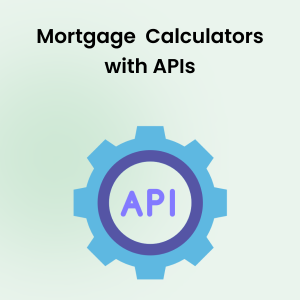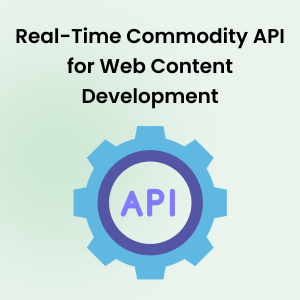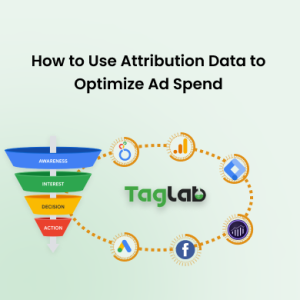Your cart is currently empty!
Social Media Impressions Metric Definition
Posted by:
|
On:
|
Social Media Impressions is a key performance indicator (KPI) that measures the total number of times a social media post or advertisement is displayed, regardless of whether it was clicked or not. This metric helps businesses understand the potential reach and visibility of their content on social media platforms.
Detailed Explanation
What are Social Media Impressions?
Social Media Impressions refer to the number of times a post or advertisement is displayed on a user’s screen. Unlike reach, which counts unique users, impressions can include multiple views by the same user. High impressions indicate that content is frequently appearing in users’ feeds.
How it Works?
Social Media Impressions provide insights into the visibility of a brand’s content. It is an important metric for assessing the potential exposure of social media posts and advertisements. Impressions can be influenced by factors such as the frequency of posts, the size of the audience, and the effectiveness of the content.
Types of Impressions
- Organic Impressions: The number of times content is displayed in a user’s feed without paid promotion.
- Paid Impressions: The number of times content is displayed as a result of paid advertisements.
- Viral Impressions: The number of times content is displayed due to user shares, likes, or comments.
Illustrative Scenarios
Examples
- If a social media post is displayed 1,000 times organically and 500 times through paid promotions, the total impressions are 1,500.
- If an advertisement campaign results in 10,000 impressions, this indicates the number of times the ad was shown on users’ screens.
Segmentation
Analyzing Social Media Impressions by different segments (e.g., by platform, content type, or audience demographic) can provide deeper insights. For example, comparing impressions across different social media platforms can help optimize content strategies for each platform.
Factors Influencing Social Media Impressions
- Content Quality: High-quality, engaging content is more likely to be displayed frequently.
- Posting Frequency: Regular posting increases the likelihood of content being displayed more often.
- Audience Size: A larger audience increases the potential for higher impressions.
- Paid Promotions: Investing in paid advertisements can significantly boost impressions.
Strategies to Improve Social Media Impressions
- Creating Engaging Content: Producing content that captures attention and encourages interaction.
- Maintaining Consistent Posting Schedules: Posting regularly to keep content visible in users’ feeds.
- Growing Audience Size: Increasing the number of followers or fans to boost potential impressions.
- Utilizing Paid Advertisements: Investing in paid promotions to extend the reach and frequency of content.
Social Media Impressions Benchmarks
Social Media Impressions benchmarks vary by industry and social media platform. For example:
- Instagram: Typically has higher impression rates due to visual content and strong engagement.
- Facebook: Impressions can vary widely, often influenced by algorithm changes and paid promotions.
- Twitter: Impressions are generally lower due to the fast-paced nature of the platform.
- LinkedIn: Impressions are often higher for professional content and business-related posts.
Comparing your Social Media Impressions against industry standards can help gauge performance and set realistic goals.
Tools for Measuring Social Media Impressions
- Social Media Analytics Tools: Tools like Sprout Social, Hootsuite, and Buffer provide detailed impressions metrics and analysis.
- Platform-Specific Analytics: Social media platforms like Facebook Insights, Instagram Insights, and Twitter Analytics offer impressions data.
- Google Analytics: Can be used to track social media referral traffic and impressions.
- Third-Party Analytics Tools: Platforms like Socialbakers and Iconosquare provide advanced social media analytics and reporting.
Common Pitfalls and Mistakes
- Ignoring Content Quality: Posting low-quality or irrelevant content can result in lower impressions.
- Overlooking Audience Preferences: Failing to understand and cater to the audience’s interests can reduce impressions.
- Inconsistent Posting: Irregular posting schedules can lead to decreased audience interest and impressions.
- Neglecting Paid Promotions: Not investing in paid advertisements can limit the potential impressions of content.
Frequently Asked Questions
What are Social Media Impressions?
Social Media Impressions measure the total number of times a social media post or advertisement is displayed on users’ screens. It counts each display, including multiple views by the same user.
Why are Social Media Impressions important?
Social Media Impressions are important because they indicate the potential visibility and reach of a brand’s content. High impressions suggest that content is frequently appearing in users’ feeds, increasing the chances of engagement.
How can I improve my Social Media Impressions?
Improving Social Media Impressions can be achieved by creating engaging content, maintaining consistent posting schedules, growing the audience size, and utilizing paid advertisements.
What factors influence Social Media Impressions?
Factors influencing Social Media Impressions include content quality, posting frequency, audience size, and paid promotions. Addressing these factors can help increase impressions.
What is a good Social Media Impressions rate?
A good Social Media Impressions rate varies by platform. Instagram typically has higher impression rates, Facebook’s impressions can vary widely, Twitter’s impressions are generally lower, and LinkedIn often has higher impressions for professional content. Comparing against industry benchmarks can help set realistic goals.



